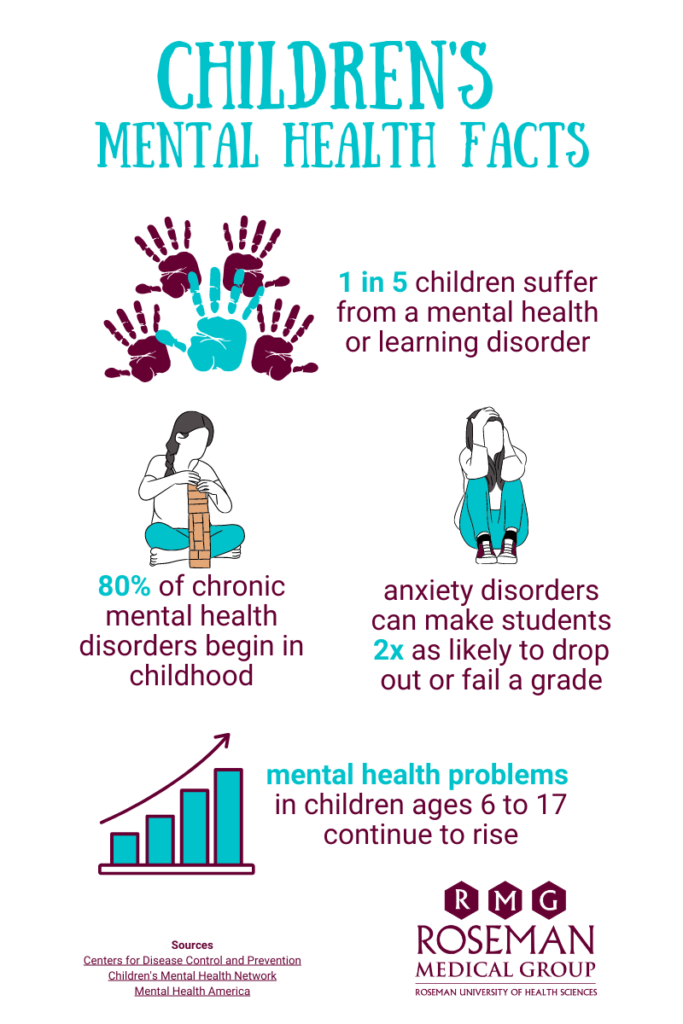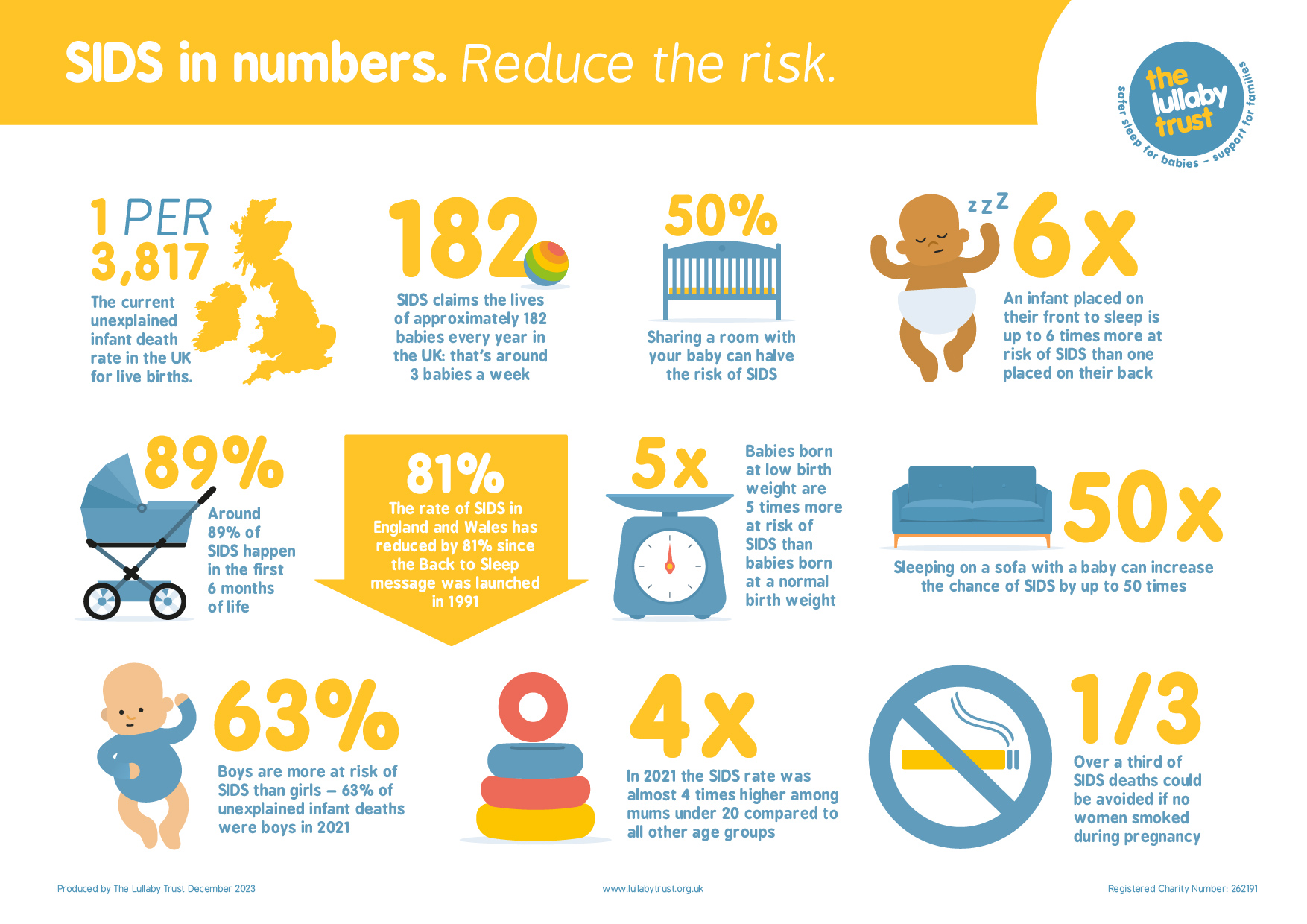The CDC describes children's mental health and how it contributes to children's developmental and emotional milestones. Being mentally healthy in childhood contributes to reaching these milestones and allowing children to learn healthy social skills and how to cope with problems. Being mentally healthy improves a child's quality of life and how they function at home, in school and in there community.
Mental disorders in children are described as serious changes in how they learn, behave, and handle emotions. Amongst children aged 3 - 17 years, the most common mental health diagnoses are:
 |
| Roseman Medical Group: Children's Mental Health - COVID-19 and Beyond |
- ADHD (9.8% or approximately 6.0 million children)
- Anxiety (9.4% or approximately 5.8 million children)
- Behavior problems (8.9% or approximately 5.5 million children)
- Depression (4.4% or approximately 2.7 million children)
Some of these conditions can occur concurrently. In 2017, it was shown that approximately 75% of children with depression los had anxiety and almost 50% had behavior problems.
The prevalence of mental illness in children has increased over time. Much of this has occurred in the past few years and can be sourced back to the COVID-19 pandemic. Prior to this time, CDC data found that 1 in 5 children had mental illness, with only about 20% receiving care. However, in 2020 the Lurie Children's Hospital of Chicago conducted a survey of 1,000 parents across the country and found that 71% of parents reported that the pandemic had taken a toll on their child's health. Mental health crises increased 24% for children aged 5 to and 31% for children aged 12 to 17 from 2019 to 2020.
The following are circumstances are reported to cause or exacerbate poor mental health in children:
 |
| Cycle of Children's Mental Health Disparities by Break the Cycle of Health Disparities inc. |
- Persistent poverty
- Recurrent abuse
- Chronic neglect
- Domestic violence
- Parental mental health
- Moving homes/Changing schools
- Bullying
- Parents divorce/separation
- Death of a loved one
- Long term/Chronic illness
There are several disparities present in children's mental health. The American Academy of Pediatrics reports that nearly one half of children in the United States do not receive care for treatable mental health conditions. Children from racial and ethnic minorities have even lower treatment rates than their white counterparts, as well as higher incidence rates of mental illness. Data from the Journal of the American Academy if Child & Adolescent Psychiatry shows that between 2010 and 2017, the rates of mental health care in black youth decreased while white and latinx youth rates increased. In some minority communities, there is a major issue in parents understanding their children's mental health. Dr. Patton-Smith of the Mid-Atlantic Permanente Medical Group explains that "There's still challenges in understanding that depression, anxiety, and mood issues are not character flaws, they're not personal weaknesses." He also notes that depression rates are highest in multiracial youth. The prevalence of mental illness is also higher in children identifying as a sexual minority, with them having an almost 3 times increased odds of attempting suicide compared to their heterosexual peers.
 |
| Conceptual Model for Child Mental Health and Mental Health Service Disparities - Margarita Algeria and Jennifer Greif Green, Ph.D. |





No comments:
Post a Comment